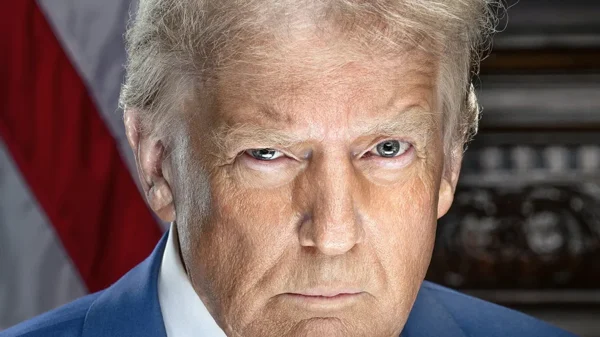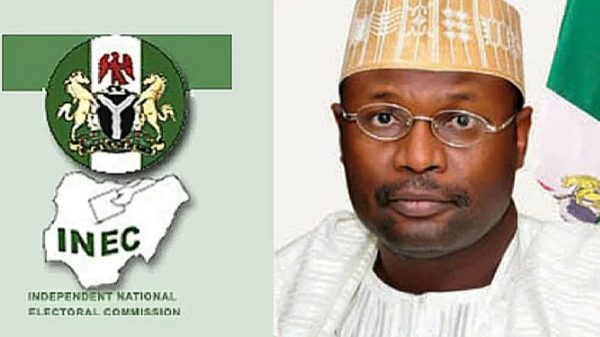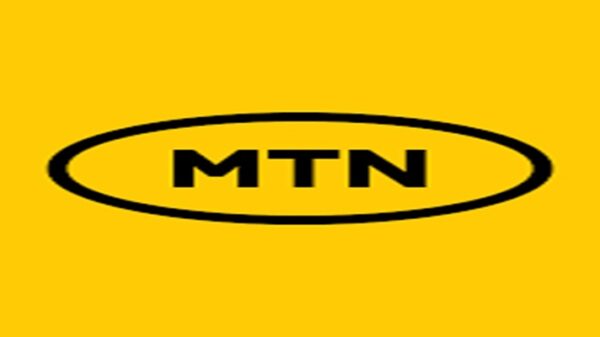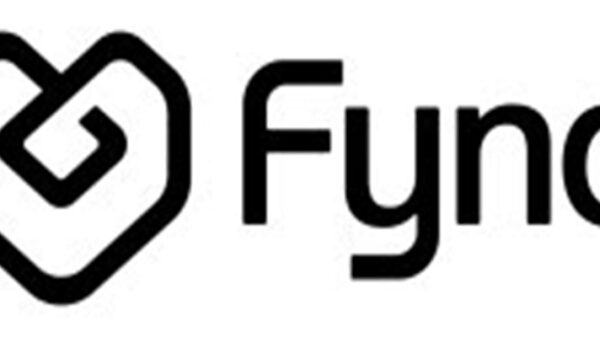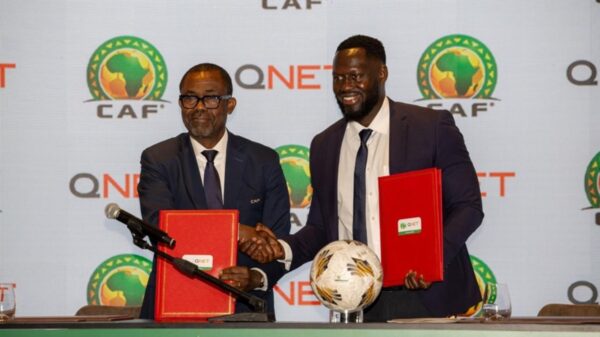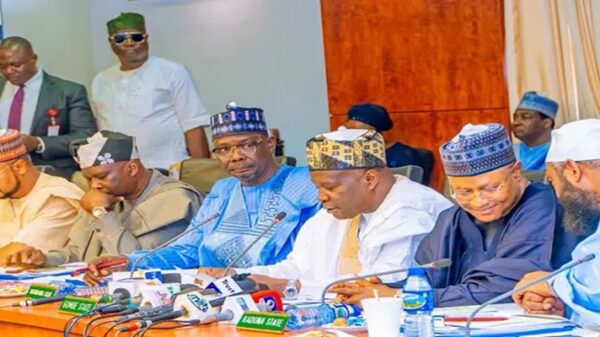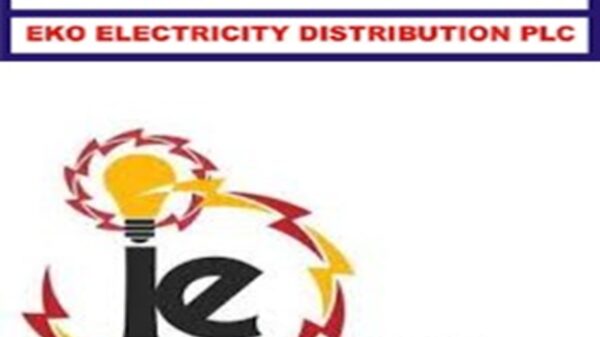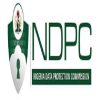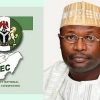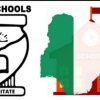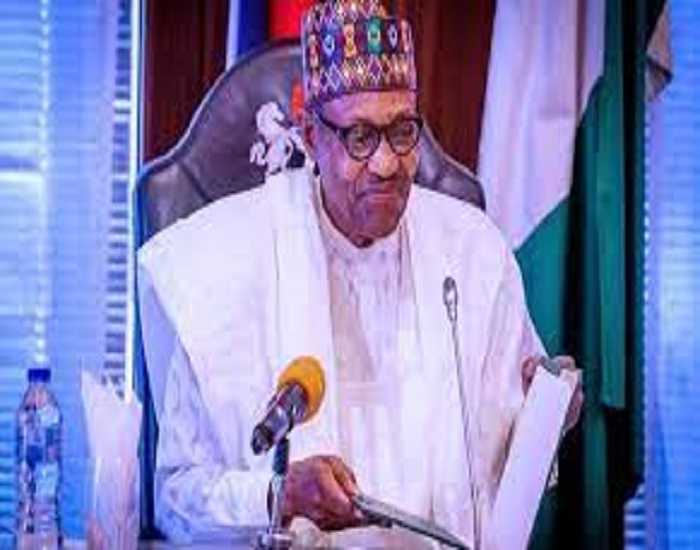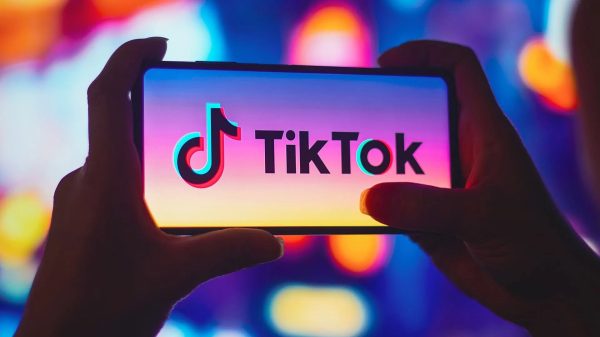The Nigerian National Petroleum Company Limited (NNPC) started the week by congratulating stakeholders in the country’s political and industrial sectors for the successful activation of the Petroleum Industry Law (PIA 2021).
It should be remembered that the law was enacted by Buhari on August 16, as an economic game changer.
Stakeholders, including Akwa Ibom State Governor Mr. Udom Emmanuel, NNPC Managing Director (CEO) Malam Mele Kyari, and former Seplat Petroleum Managing Director, Mr. Austin Avuru, praised the recently concluded 27th Nigerian Economic Congress. Summit (NES).
The summit was a public-private dialogue organized by the Economic Summit Group (NESG).
In a virtual presentation, Governor Emmanuel applauded President Buhari’s timely assent to the PIA, saying the law has given a sense of ownership to all stakeholders, especially host communities.
The governor who was represented in the state government (SSG), Dr Emmanuel Ekuwem, said the arrangements for border exploration would help revisit oil wells that had been blocked and improve the economy of the country. State.
For his part, the former chief executive of Seplat Petroleum, Mr. Austin Avuru, said the PIA will change the way NNPC operates because it has allowed the company to do business by rules rather than discretion.
He further noted that the NNPC operating under the Companies and Related Affairs Act (CAMA) would strengthen the oil industry.
In his presentation titled: “PIA 2021 Is a New Day”, NNPC CEO Malam Mele Kyari gave an overview of the structure of the new NNPC Limited as provided in the PIA.
Kyari, who was represented by the company’s financial agent Mr. Umar Ajiya, said that according to the PIA, the NNPC will operate under the CAMA regime, declare dividends to its shareholders and keep 20 percent of its profits. to develop its activities.
Minister of State for Petroleum Resources, Timipre Sylva and NNPC, CEO, Malam Mele Kyari
The PIA was promulgated to provide legal, governmental, regulatory and fiscal frameworks as well as guidelines for the development of host communities and other related issues in the upstream, middle and downstream sectors of the Nigerian oil industry. .
The law is made up of five chapters, 319 articles and 8 annexes.
Also during the week under review, the NNPC said the country’s demand for petroleum products is expected to increase by 14.57 percent to 17.3 million metric tons and 15.1 million metric tons in 2020.
This projection was made by CEO Mele Kyari on the occasion of the opening of the 15th Africa Downstream Oil Trade and Logistics Week (OTL) which took place in Lagos.
In a keynote address at the event, Kyari revealed that the country needs around $ 3.097 billion in investment in condensate refineries to meet expected demand for petroleum products.
According to Kyari who was represented as executive director, downstream, NNPC, Engr. Adeyemi Adetunji, NNPC needs $ 1.6 billion to $ 2.7 billion to improve the supply and distribution of petroleum products, renovate liquefied petroleum gas (LPG) infrastructure and build gas plants natural compressed (CNG) in the country.
Speaking on the theme of the conference “Downstream in Transition: Getting Set”, the NNPC coxswain said the country would need a refining capacity of around 1.52 million barrels per day of flux ( MBPSD) to meet its gasoline needs over the next four years.
He also predicted that the demand for natural gas could increase by about four times over the next decade, from 4.8 billion cubic feet per day (bcf / d) in 2020 to between 10 and 23bcf / d in 2030.
He said the current domestic market supply is around 8 billion cubic feet per day for electricity, 0.77 billion cubic feet / day for industries and 3.2 billion cubic feet / j for export via LNG and the West Africa Gas Pipeline (WAGP), while about 54 billion cubic feet / j was flared.
According to him, the expected growth in demand would come from the increase in the haulage capacity of the existing national electricity grid in accordance with the Presidential Power Initiative, large fertilizer projects (Dangote, Brass) and industrial demand for natural gas. in the northern axis of the country.
Regarding the outlook for the global oil market, Kyari said, “Some $ 10.4 trillion in global stimulus in response to the COVID-19 pandemic has resulted in a rebound in consumer spending while incentives for long-term investment term in hydrocarbons had declined. “
Citing recent data from the Petroleum Exporting Countries (OPEC), Kyari said hydrocarbons will continue to be relevant in the global energy mix over the next two decades.
He slao cited the OPEC date as saying that global oil demand is expected to drop from a pandemic of 90.6 million barrels per day (mbpd) in 2020 to 108.2 mbpd in 2045, or 28% of needs. global energies.
OPEC data further indicated that the increase in demand would be due to the global population, which is expected to reach 9.5 billion by 2045, and the enormous potential for expanding access to services. energy for the underserved.
He noted that the downstream sector of the Nigerian oil and gas industry was in transition before the adoption of the PIA.
This, he said, was in response to global energy transition and decarbonization initiatives.
Kyari argued that it would be difficult to discuss the transition in the downstream sub-sector regardless of the overall developments taking place in the industry, adding that NNPC has diversified its portfolio over the years to move to a energy company with new investments in gas, electricity and renewable energies.
He said key pipeline projects are underway to ensure gas delivery to demand nodes, noting that the company has also made progress with the Refinery Rehabilitation Program to strengthen its participation in the oil and gas value chain. gas.
Kyari explained that the transition in Nigeria‘s oil and gas sector was driven by decarbonization efforts to switch to renewable energy in response to environmental concerns.
As investments in hydrocarbons continued to decline due to the energy transition and geopolitics, Kyari said the global economy was facing shortages, high energy prices, rising inflation and growth. sluggish.
Meanwhile, the NNPC has revealed the cost of Route 21 that it plans to rehabilitate as part of the federal government’s Road Infrastructure Development and Renovation Tax Credit program in accordance with Presidential Decree 007 of 2019.
Following the approval of the Executive Council (FEC), the NNPC would construct a total of 1,804.6 km of roads at a total cost of N 621,237,143,897.35 (six hundred and twenty-one billion, two hundred and thirty-seven million , one hundred and forty three thousand, eight hundred and ninety-seven naira, thirty-five Kobo).
The breakdown is set out below in a statement issued by Deen Muhammad, Group Managing Director, NNPC Group Public Affairs Division.
S / No ZONED KM TO COVER COT (BILLION NAIRA)
1. Center-North 791.10 244 872 518 149.29
2. Northeast 273.35 56,126,741,692.11
3. North West 283.5 23 057 338 426.61
4. South East 122.0 43,281,895,080.04
5. South South 81.9 172 027 737 903.32
6. South West 252.7 81 870 912 645.98
Total 6 zones 1,804.6 km N621.237.143.897.35
The NNPC once again expresses its thanks to the Federal Executive Council for its timely approval of the start of the project and to the Federal Tax Service (FIRS) for its support.
NAN
![]()




